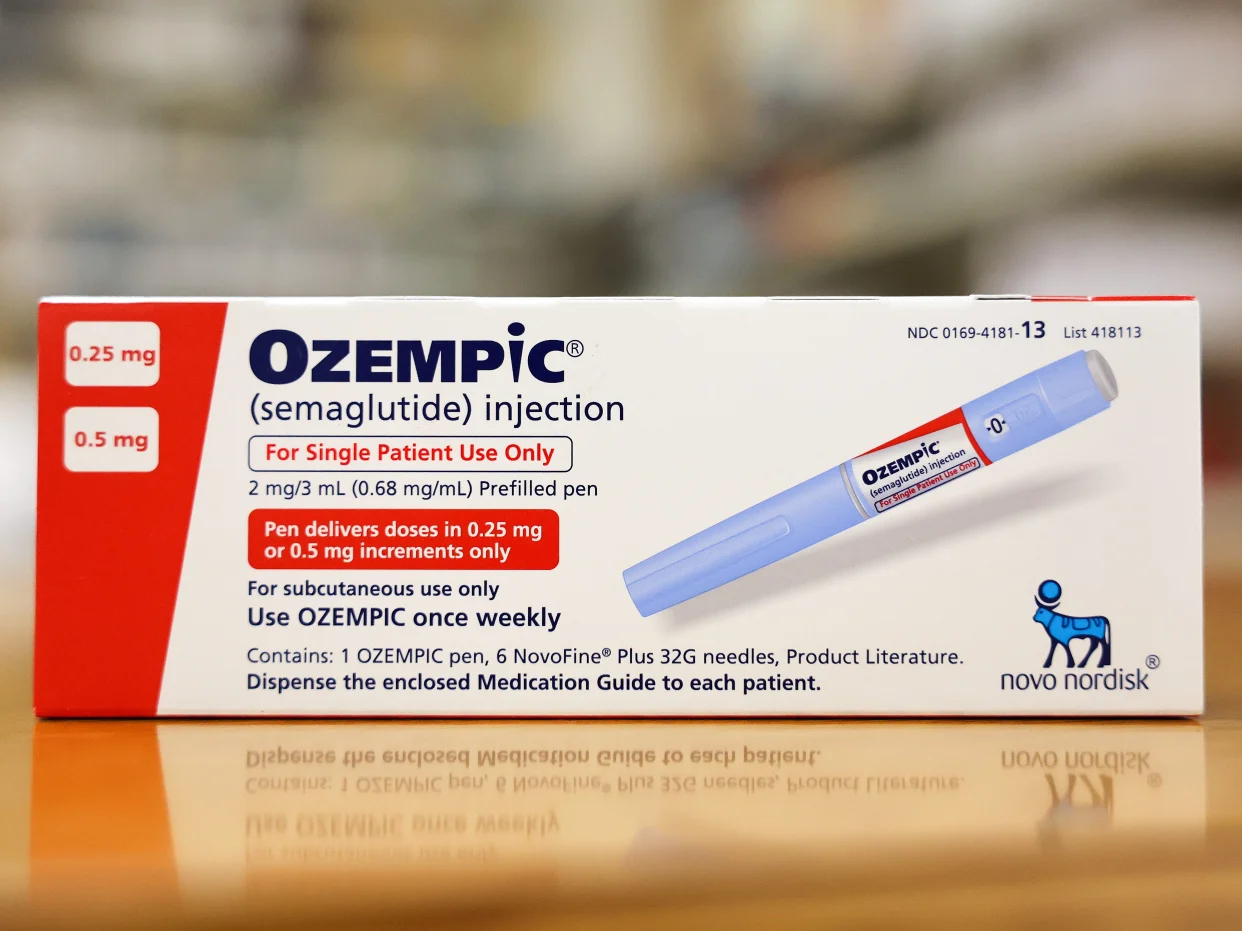
As more individuals begin to utilize GLP-1 weight-loss medications, the US economy may experience a significant boost in growth, according to a report by Goldman Sachs. The investment bank predicts that if 60 million Americans were to take a GLP-1 drug, the country’s GDP could increase by 1%. In addition, Goldman Sachs highlights the economic costs associated with poor health. In a recent note, a Goldman Sachs analyst stated that the more people who take these weight-loss drugs, the faster the US economy could grow. Jan Hatzius, the chief economist at Goldman Sachs, further explained that if 60 million Americans were to utilize GLP-1 drugs by 2028, the US GDP could potentially grow by an additional 1%. Hatzius emphasized that health-related issues hinder individuals from participating in the workforce and ultimately impede economic growth. Obesity, in particular, increases the risk of severe health conditions such as heart attacks, strokes, and diabetes.
According to Hatzius, if poor health outcomes did not limit labor supply in the US, GDP could potentially be over 10% higher. This means that medications that have shown promise in improving patient health outcomes could have a significant impact on the overall economy. Hatzius explains that poor health imposes significant economic costs and that improving health outcomes could diminish the negative effects on economic activity. Some examples of such medications include GLP-1 drugs like Ozempic, Mounjaro, Wegovy, and Zepbound, which are used to treat type 2 diabetes and obesity and are manufactured by Novo Nordisk and Eli Lilly and Company.
Sales of these drugs have skyrocketed, with some users experiencing significant weight loss of up to 20%. A recent study revealed that patients who took Wegovy for weight loss reduced their risk of heart attacks, strokes, and cardiovascular death by 20%.
Considering that the obesity rate in the US stands at approximately 40%, it is estimated that tens of millions of Americans could be prescribed GLP-1 drugs in the coming years. However, the extent of prescription will depend on the outcomes of ongoing clinical trials and the coverage provided by health insurers.
“If the usage of GLP-1 drugs increases to this extent and leads to a decrease in obesity rates, we can expect significant positive impacts on the overall economy,” stated Hatzius.
One potential spillover effect could be an increase in productivity. Hatzius referred to academic studies that have shown a correlation between obesity and decreased work participation and productivity levels.
According to Hatzius, these estimates indicate that the health complications caused by obesity reduce per-capita output by more than 3%, resulting in a decrease of over 1% in total output when combined with the high incidence of obesity in the US population, which is over 40%.
Additionally, if there are further productivity gains through improved health outcomes, the impact on GDP growth could range from 0.6% to 3.2%.
Hatzius also noted that historically, advancements in health have reduced the number of years lost to disease and disability by 10% per decade in developed market economies. Based on this trend, a 10-year leap in health progress beyond current expectations could increase the US GDP by 1%.
